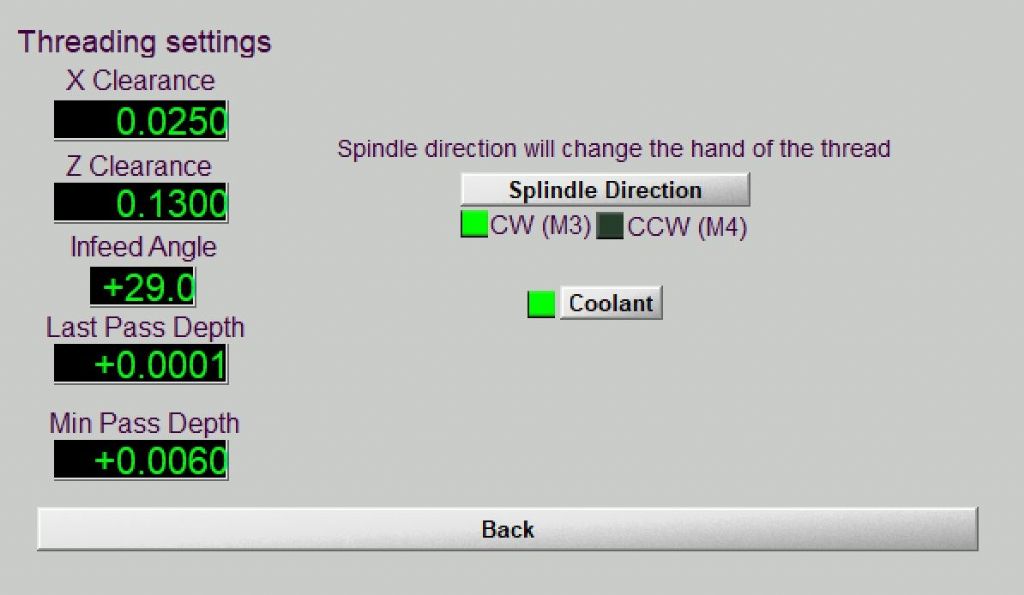The rotation axes are about the translation axes in the following relation ship. A is rotation about X, B is rotation about Y. C is rotation about Z. The positive direction of rotation is clockwise if it is looked at along the relevant axis going from small to large positive values. This is the same as a conventional right hand thread and is referred to as the right hand rule. For a conventionally laid out lathe this means that a lathe that is rotating clockwise should be turning in the conventional turning direction, ie top towards the operator. You have to look at the Z axis from the headstock towards the tailstock to see that this is in fact clockwise. A drill in this lathe's chuck will drill towards the tailstock, ie the drill's Z position would be increasing positively relative to the workpiece, if it could move.
With a mill the C axis about the Z axis is normally turning anticlockwise and you push the drill into the workpiece by decreasing the Z axis value. To see the correct direction of rotation of a mill spindle you would have to look from the R8 socket (or whatever your mill has) towards the drawbar end of the spindle as this is the direction of increasing positive Z.
It is easy to be confused if you look at a rotational axis from the wrong direction. From the tail stock a chuck that looks like it is rotating CCW will, at the same time, be going CW when looked at from the head stock end of the lathe. It is unsurprising that these concepts can cause confusion, especially for someone sat at a desk working out what to put on the screen for a piece of software.
Martin C
PS When thread milling an outside thread from top to bottom and rotating the cutter about the workpiece you are doing something analogous to single point threading in a lathe. If you thread mill a conventional RH thread this way your Z axis is going from larger Z value to smaller Z value and at the same time the tool is orbiting the workpiece in a CCW direction. This CCW is, relatively, the same as a stationary tool and a rotating workpiece going CW.
Edited By Martin Connelly on 28/01/2023 12:58:26
Clive India.





